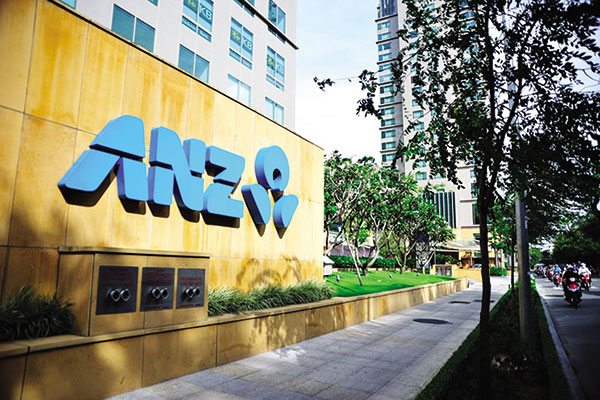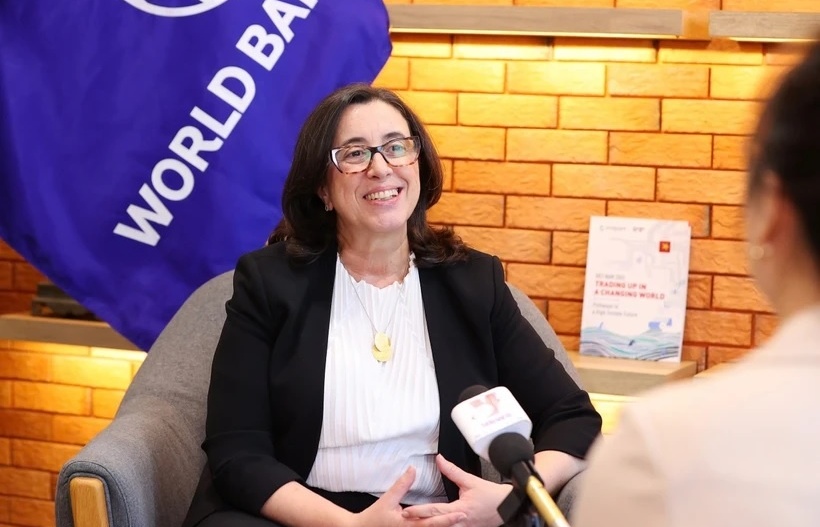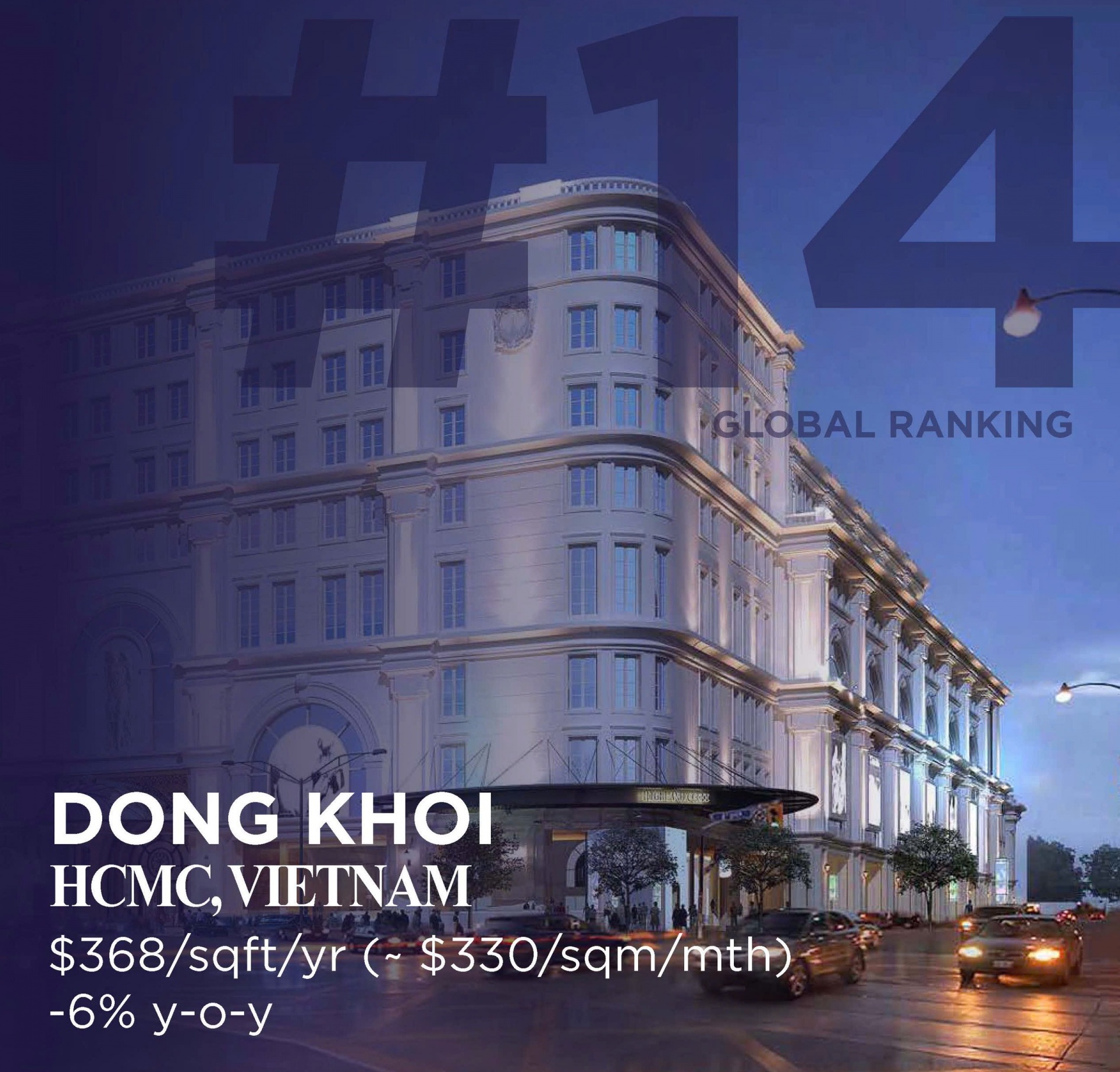Even with a stable market, FX hedging is advised
It’s better to hedge
 |
| Pham Duong Hieu ANZ Vietnam head of Markets |
Hedging the foreign exchange (FX) risk arising from transactions in foreign currencies is not a new practice for many multinational companies, investors, exporters, and importers in Vietnam. When it comes to choosing a bank to handle large-scale transactions to support the merger-and-acquisition, investment, and business activities for these institutions, the capability and creditability of the party that carries the risk make a difference.
ANZ Vietnam has emerged as a market leader with large FX volume trading with clients. The bank is a major participant in the local FX market, where it provides an extensive range of foreign exchange solutions to its clients, including spots, forwards, swaps, and options.
“We have active dialogues with our clients to understand their risks and identify the suitable product that can help them hedge their currency exposure at reasonable costs, and we work with them to ensure that the transaction follows regulatory requirements as well as their own hedging policies,” said ANZ Vietnam head of Markets Pham Duong Hieu.
“For multinational and foreign direct investment (FDI) companies – we are also supporting these clients in various markets where ANZ operates – we have a strong understanding of their currency risk profiles, their own risk management policies, and their key concerns when dealing with foreign currency transactions in Vietnam.”
According to Hieu, the central bank currently allows a full range of FX products, on the back of a well-managed FX market that is capable of keeping the VND stable and increasing the FX reserves.
“I think the regulator is now in a better position to consider more hedging [but not speculating] products to be offered, such as giving hedging tools to offshore investors, allowing VND FX options and longer tenors for VND FX forwards/swaps,” he said.
“This would allow greater access to hedging products for companies and investors, and would encourage them to actively hedge their currency exposure. Ultimately it creates more liquidity for the market and reduces shocks in the spot market. This is important as the local financial market continues to develop and Vietnam continues to further integrate into the international financial market.”
 |
Steady dong
The dong has performed well this year, possibly its best since 2012, with its movement seen rather flat against the greenback in the year to date, according to ANZ’s Hieu. Given the positive macro-economic backdrop and higher FX reserves, according to ANZ Research, the VND is forecast to ease by a slight 0.7 per cent, looking at the FX rate to stand at VND22,900 a dollar by the end of 2018.
“For 2018, we expect exports to remain buoyant, helped by product diversification to computers, electronics, and optical products,” Hieu said. “Meanwhile, import demand from non-FDI sectors remains moderate, which should augur well for the trade balance and the VND. The currency will also be supported by the build-up of reserves in 2017. Official reserves reached a new record high of $46 billion in October 2017, an increase of over $7 billion in the year to date and equivalent to roughly 2.7 months of import cover.”
While the dong is expected to depreciate slightly in 2018, no one can be sure how the forex rates will actually turn out. Looking back at 2017’s forex rates, we see both expected and unexpected movements, and it is therefore sensible to hedge the currency risk.
The currency was under depreciation pressure in the first quarter, but was able to make up lost ground in the second quarter, and has kept its value since mid-year, said Hieu. The backdrop of a trade surplus position since July 2017, which accumulated to $3.2 billion at the end of November, is one of the factors helping the dong to hold its strength. The year-to-date disbursed FDI of $16 billion, strong inflows from offshore investors in merger-and-acquisition transactions, and net inflows from foreign investors in the stock exchange have also assisted.
“Into the year’s end, the dong has generally been under pressure to go down against the dollar. However, the context for this year may be different, especially with strong FX reserves and the upcoming divestments of state-owned enterprises. Notably, inflows from the divestment of Sabeco will bring in approximately $4.8 billion,” Hieu said.
“The US Federal Reserve rate hike earlier this month didn’t impact the pairs much, as the market priced the rate hike in and the successful sale of Sabeco stakes guaranteed the supply of dollars.”
What the stars mean:
★ Poor ★ ★ Promising ★★★ Good ★★★★ Very good ★★★★★ Exceptional
Latest News
More News
- Malaysia's Solarvest and Finhero launch first solar financing fintech solution in Vietnam (November 22, 2024 | 19:50)
- SHB honoured at VLCAs for fourth time (November 22, 2024 | 19:08)
- Central Bank of Cuba chief visits Hanoi to work with VBSP (November 22, 2024 | 15:49)
- Credit sees steady growth towards year-end (November 21, 2024 | 17:46)
- HDBank wins three titles at Vietnam Listed Company Awards (November 21, 2024 | 10:01)
- VLCA’s corporate governance mission (November 21, 2024 | 10:00)
- The promotion of ESG via banking (November 21, 2024 | 09:32)
- Standard Chartered committed to Vietnam’s financial success (November 21, 2024 | 09:24)
- Full ESG adoption the priority for Agribank (November 21, 2024 | 09:07)
- Banks entice youth with tech advances (November 21, 2024 | 08:00)




















 Mobile Version
Mobile Version